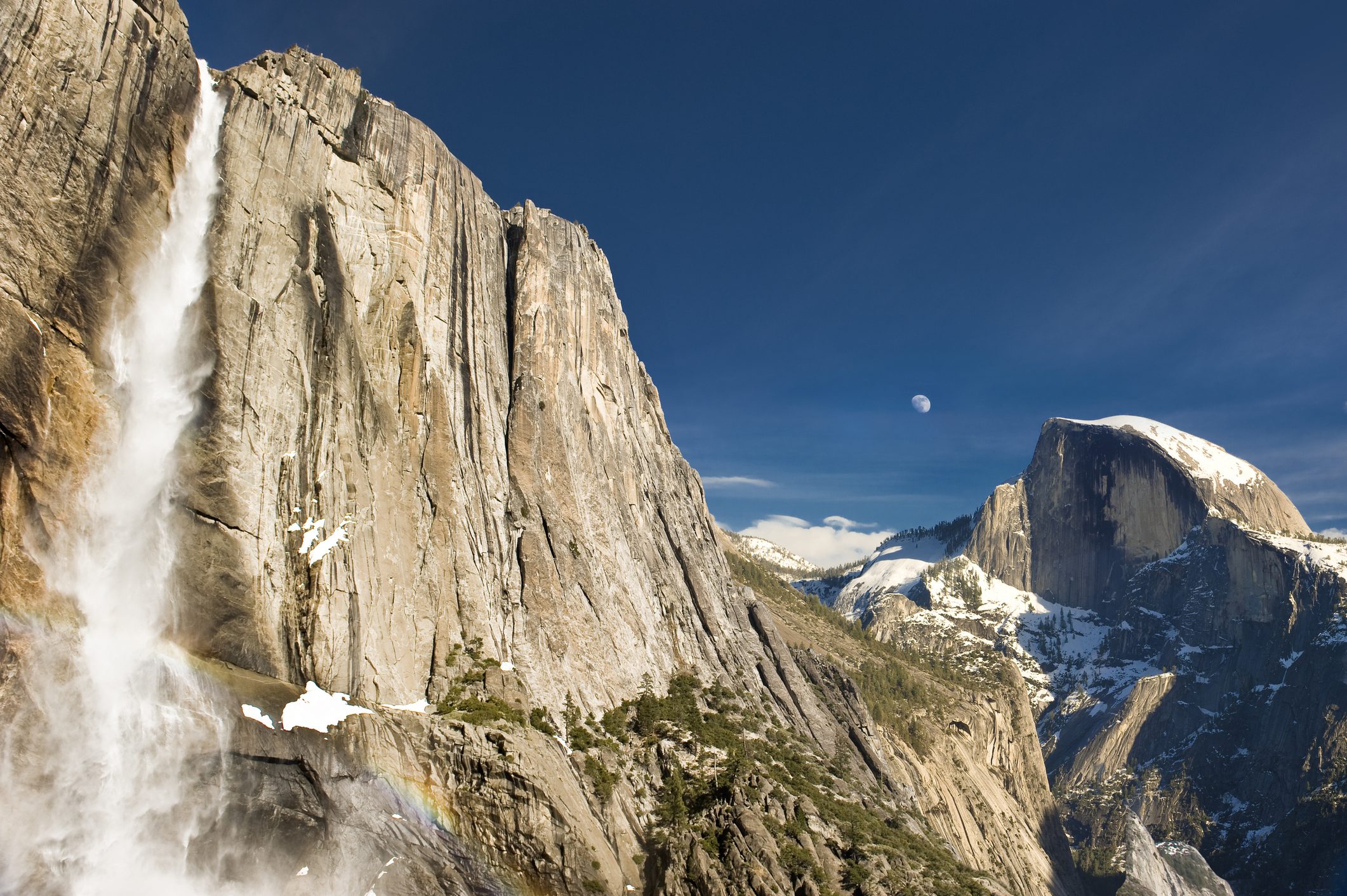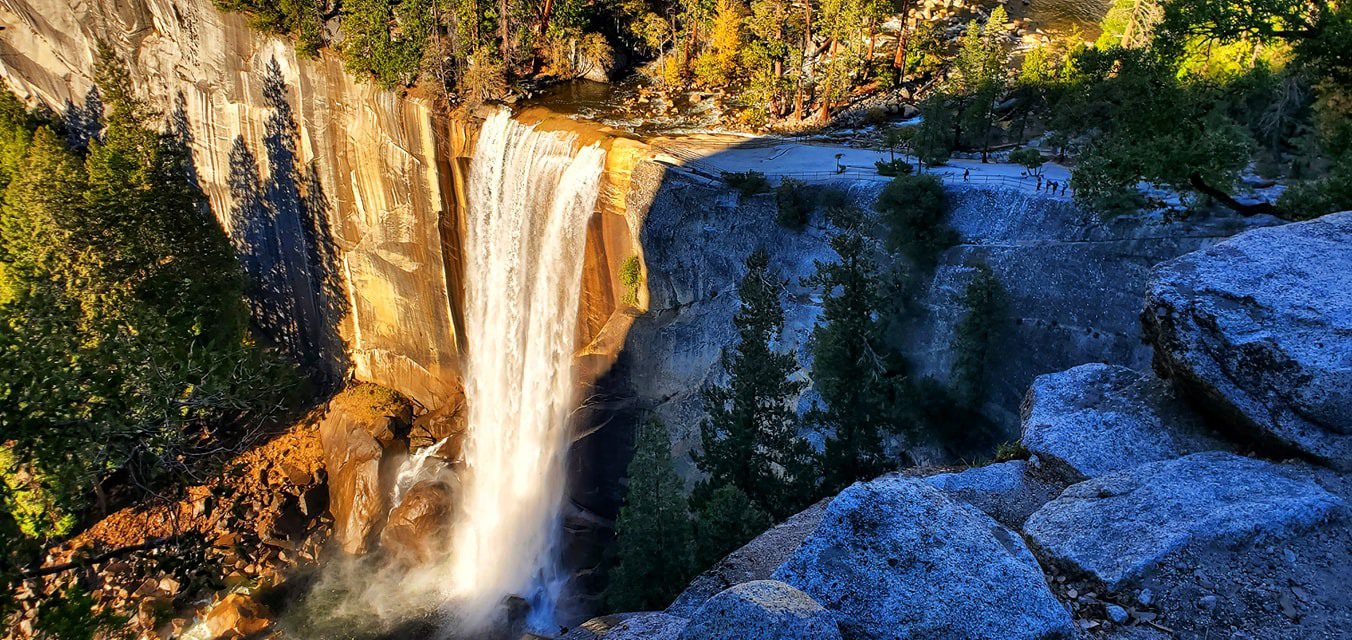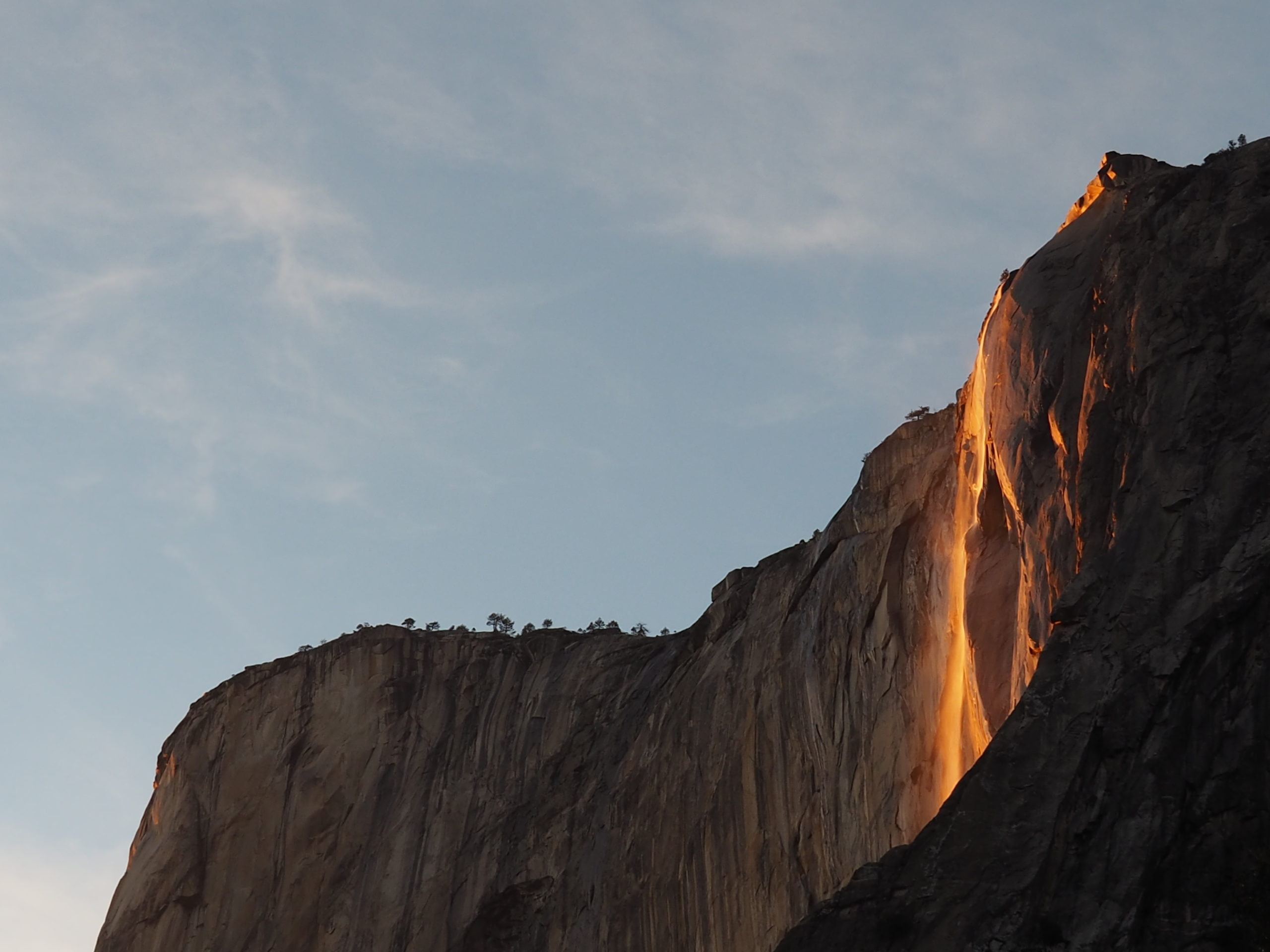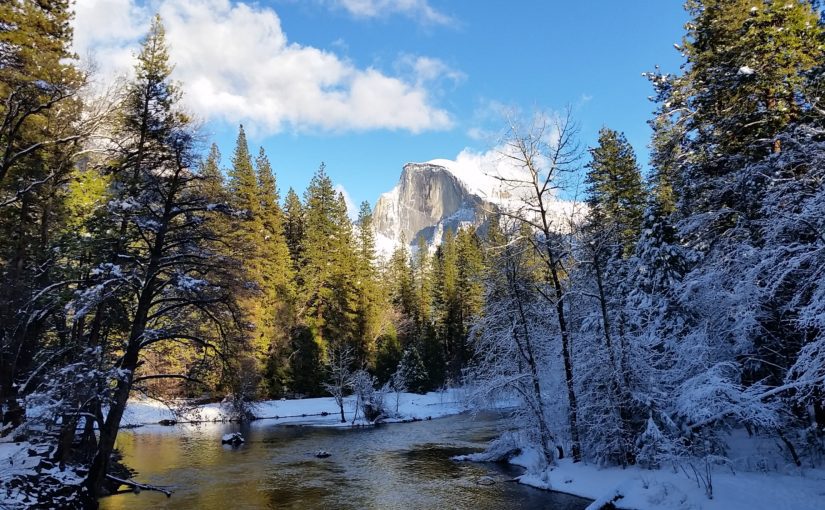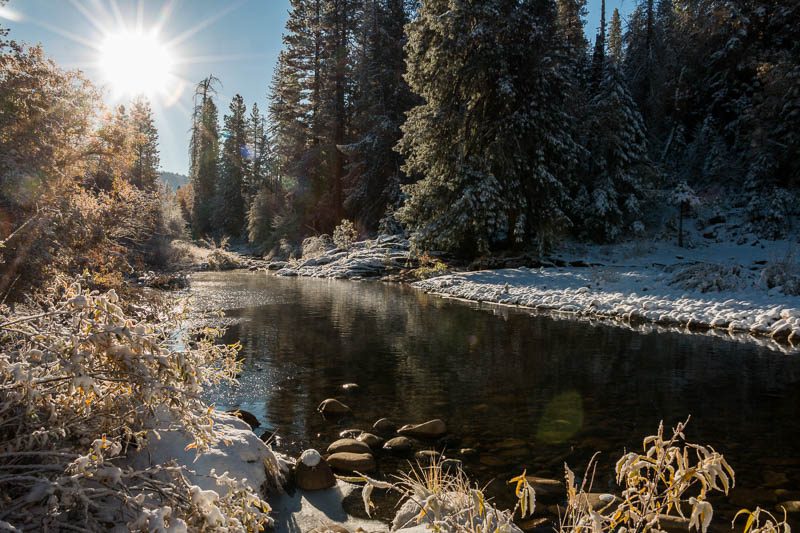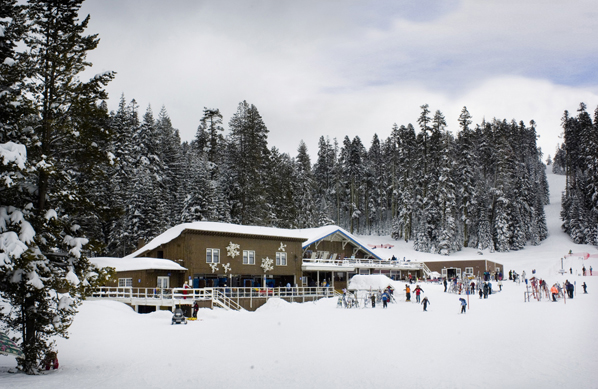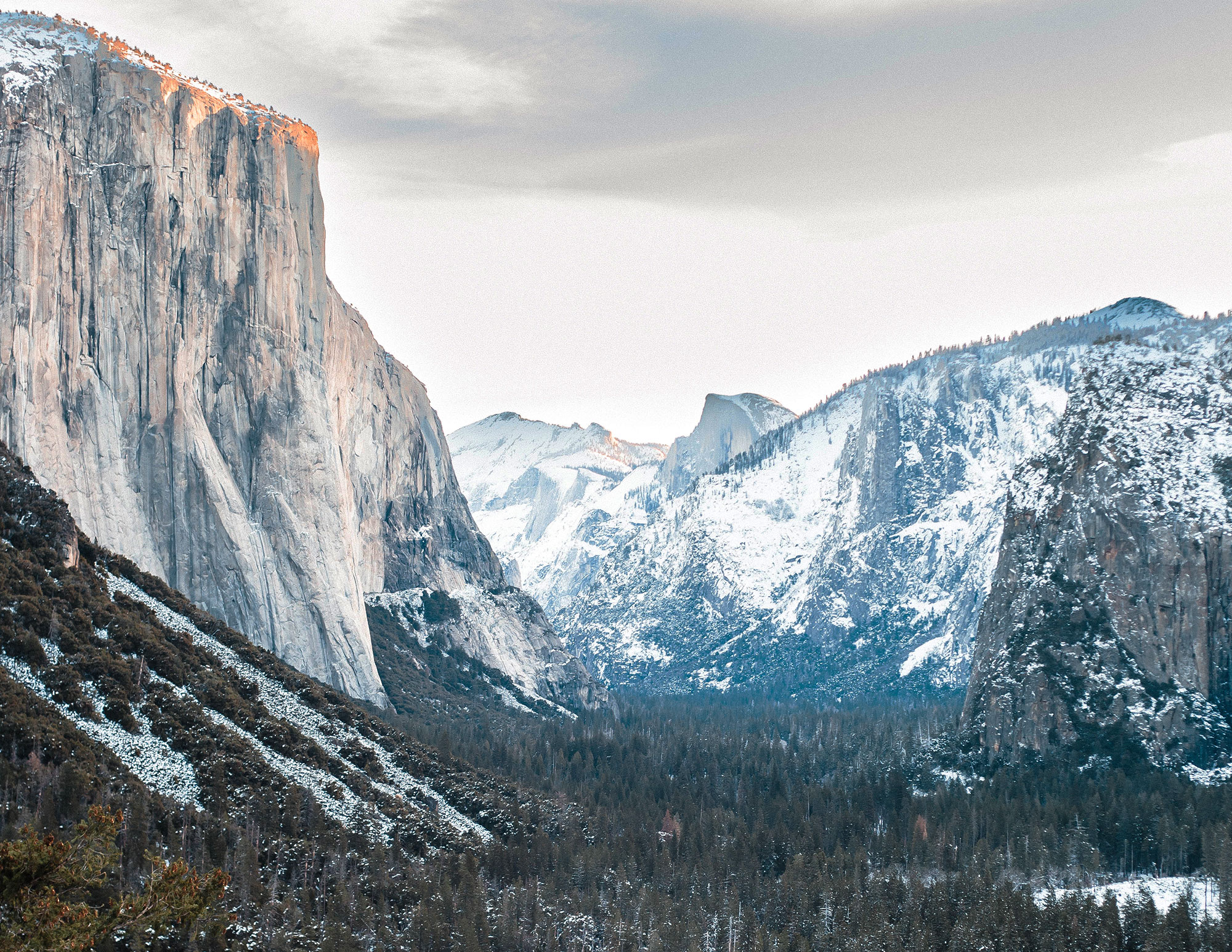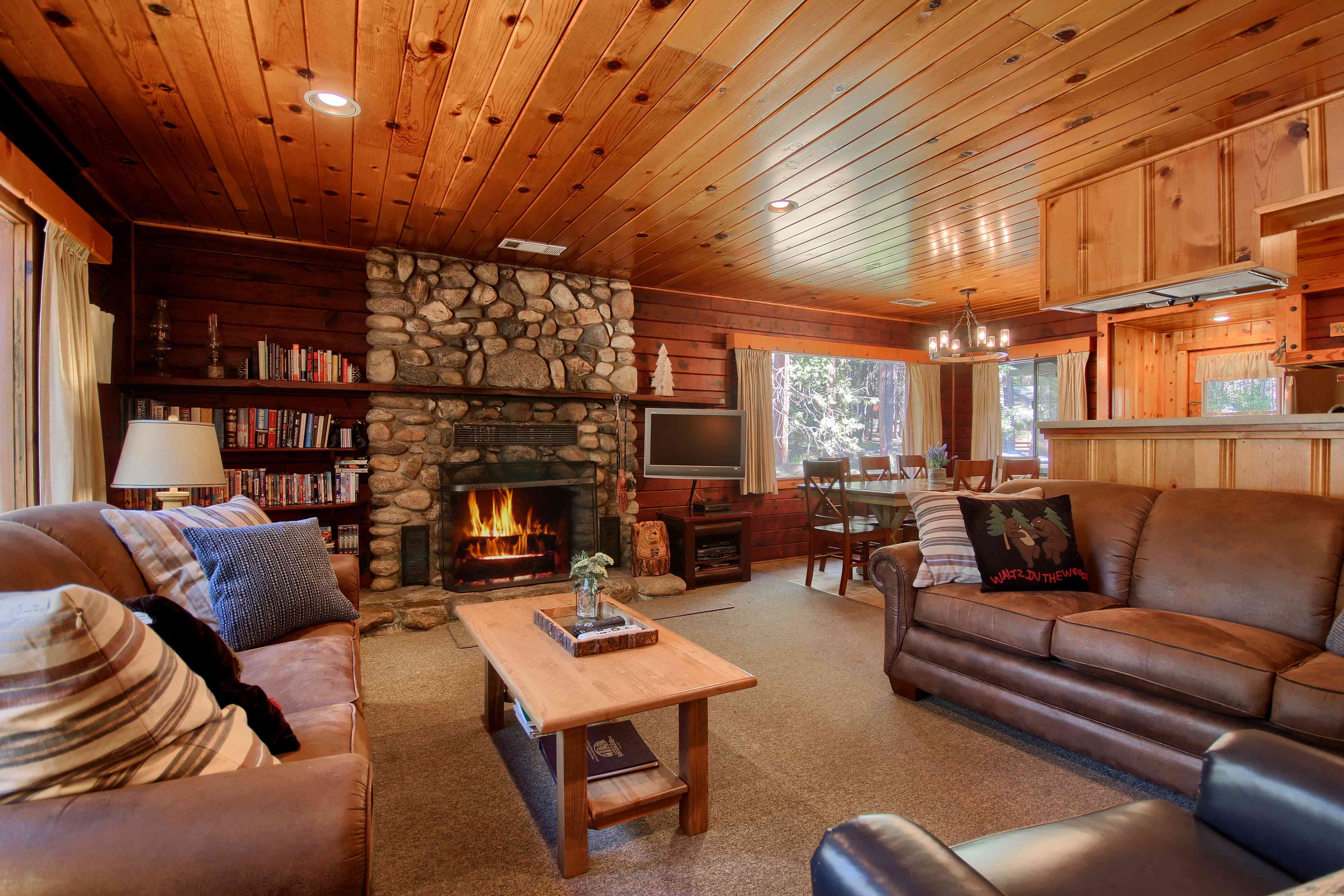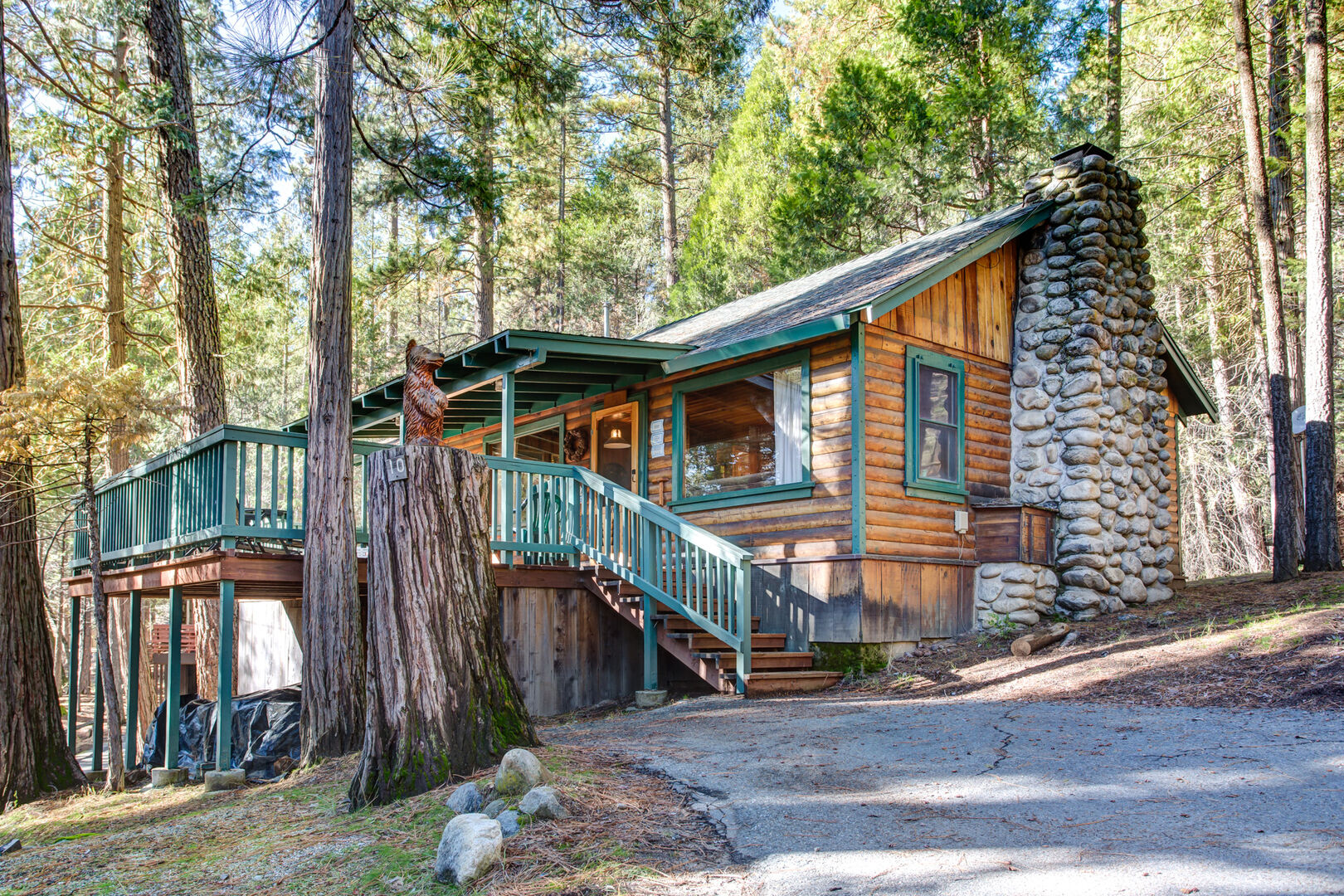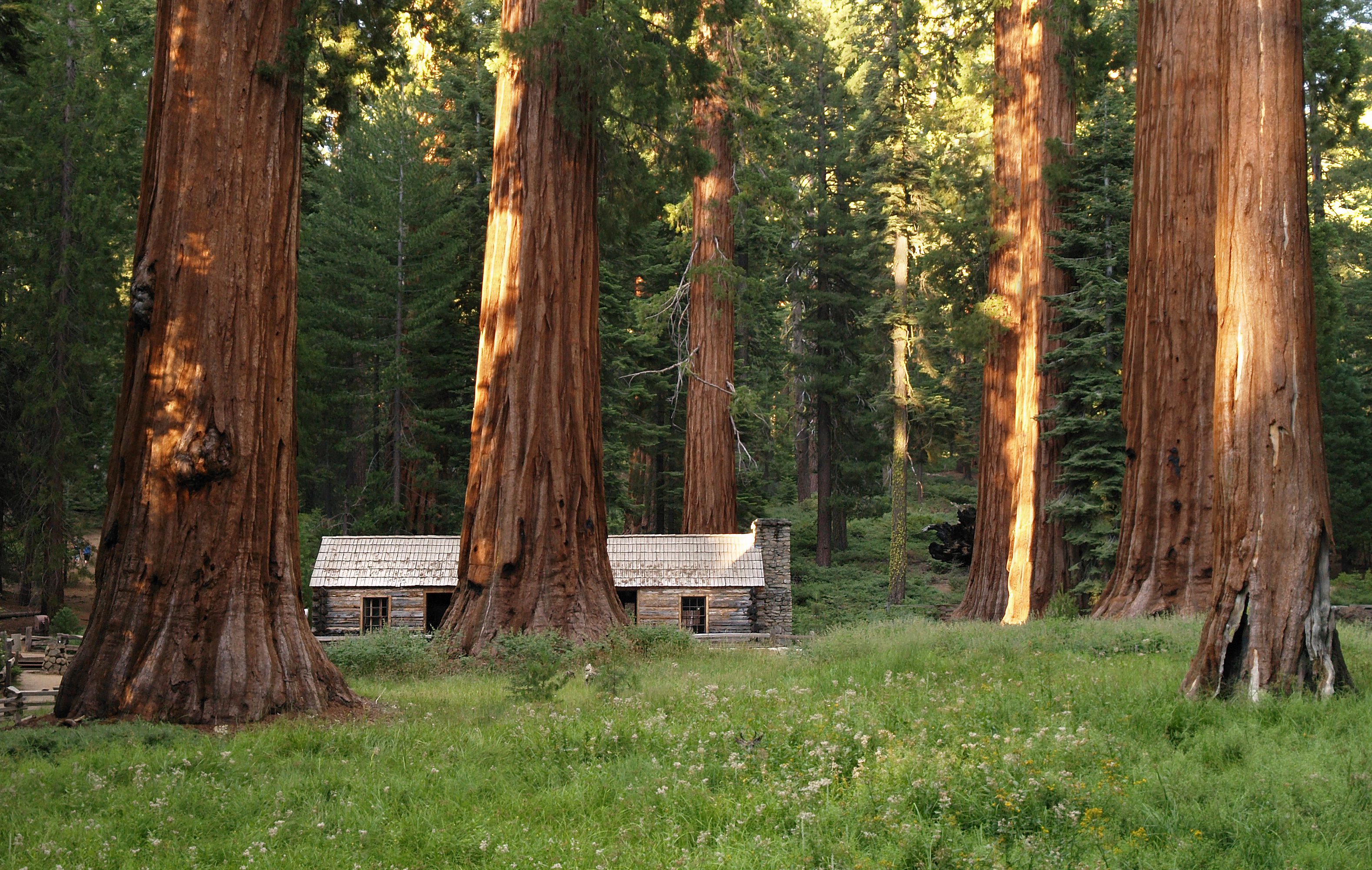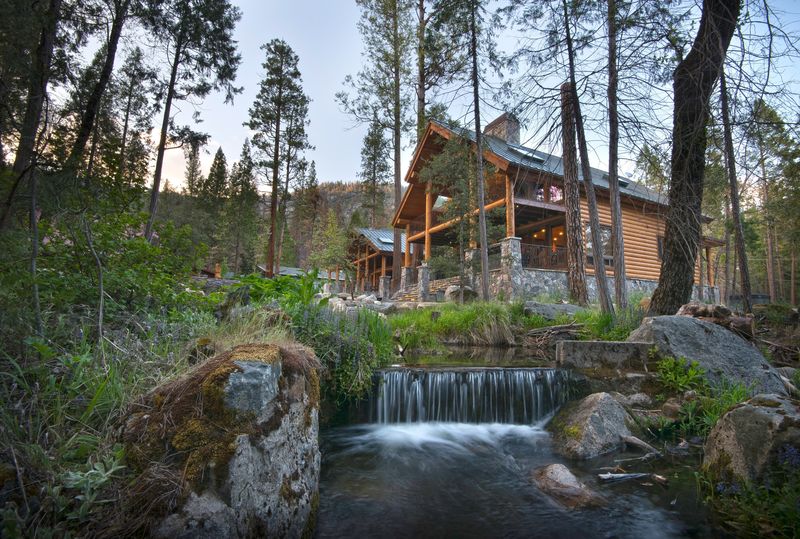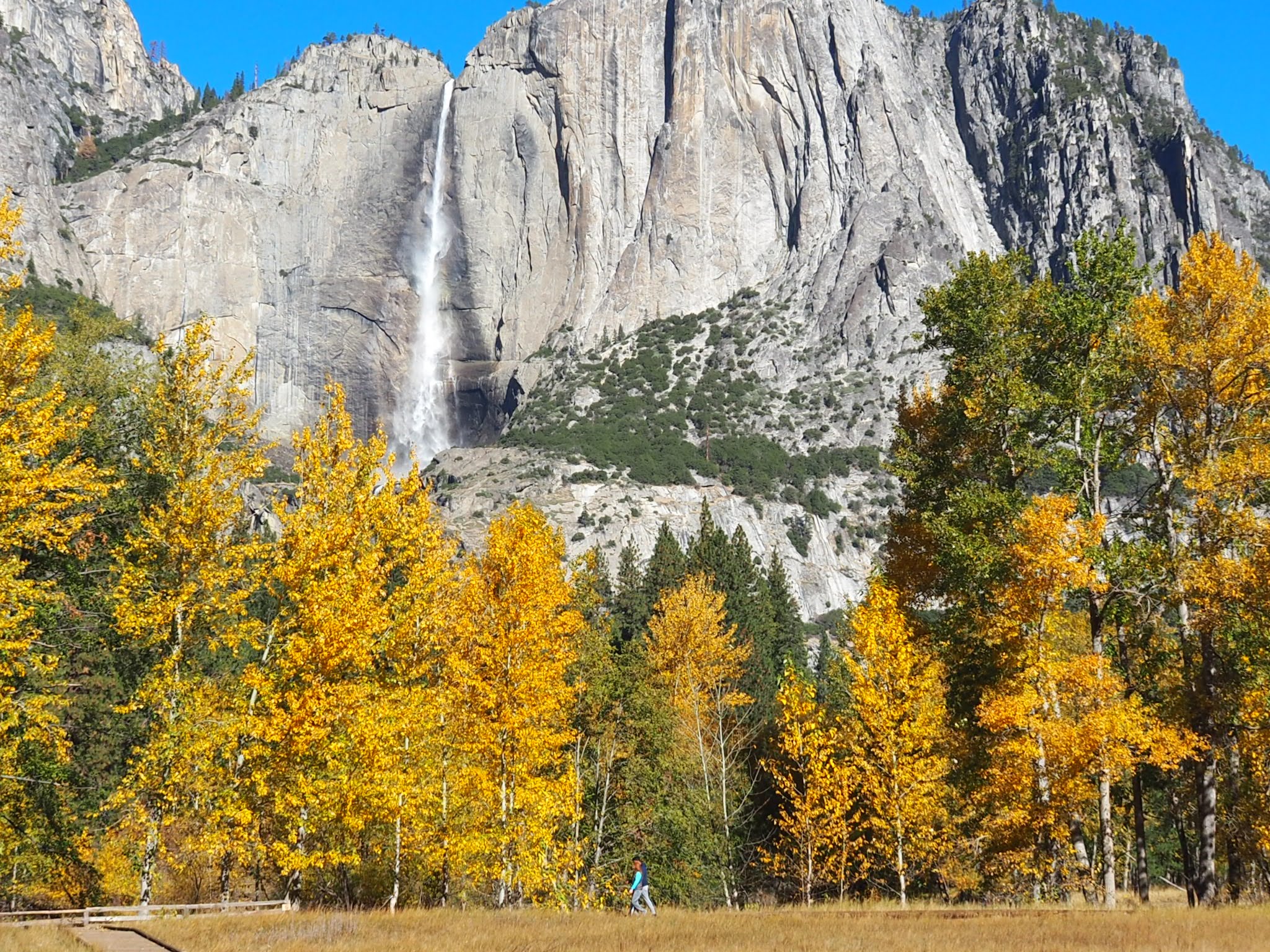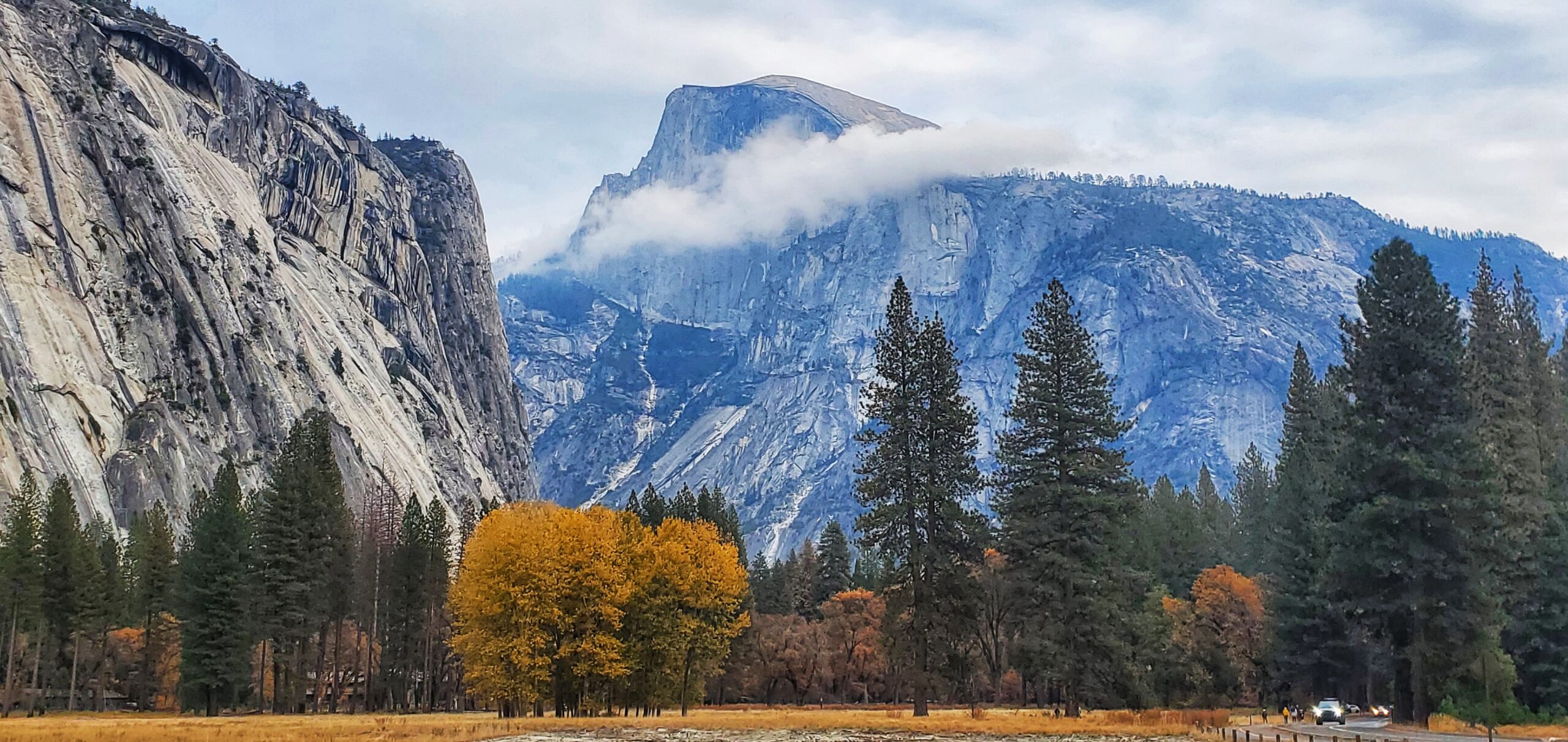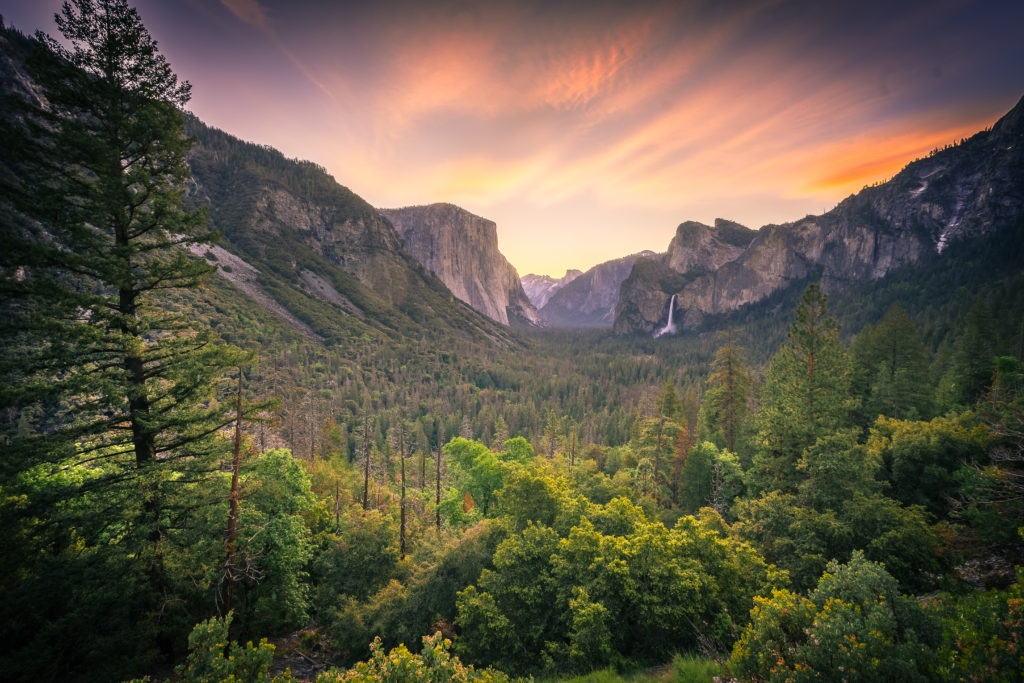The Ultimate Guide to Planning a Visit to Yosemite in March Yosemite in March is the sweet spot of winter’s first blossoming into spring. It’s a season of sandals and snow, of solitude and sunshine, and on top of all that, some of the most spectacular scenes Yosemite can dream up. Ready to plan a visit to Yosemite that will be ready for anything that March has in store? Read...

